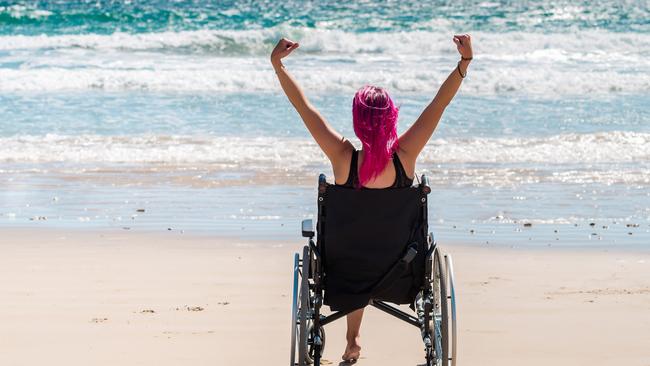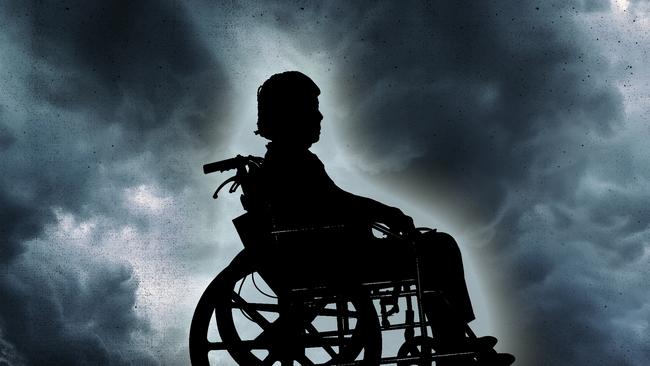NDIS cost soars to $63bn as growth pulls back
Cost growth in one of the budget’s biggest spending programs, the National Disability Insurance Scheme, is slowing, but the 8 per cent projected annual rises will still see hefty increases.

Efforts to rein in the cost trajectory of the National Disability Insurance Scheme are starting to bear fruit, but the scheme remains one of the budget’s top three spending programs and is projected to run at 8 per cent annual growth across the four-year forward estimates.
Since the Mid Year Economic and Fiscal Outlook in December, the anticipated cost of the NDIS has reduced by almost $1bn next financial year and $4bn over the forward estimates, the budget reveals.
The budget papers show the NDIS will cost $48.5bn this financial year, and is projected to cost $52.3bn in 2025-26, rising to $63.4bn by 2028-29.
This puts it a clear third in the top programs by expense, behind payments to the states and the age pension. Across the four-year forward estimates it is projected to cost around $50bn more than the next biggest spending program, aged care.
But after a crackdown on fraud and waste and tougher assessments of what NDIS support is funded, the scheme’s cost projections are falling, helping the broader budget bottom line.
“Major decreases in payments … since MYEFO include payments related to the NDIS, which are expected to decrease by $954.0m in 2025-26 and $3.9bn over five years to 2028-29, largely reflecting lower spending over the year to date, and hence lower forecast NDIS payments,” Budget Paper No.1 says.
“Structural reforms to the NDIS and aged care, and reduced interest costs, have made the budget more sustainable over the medium term.
“The government continues to improve the NDIS to deliver better outcomes and ensure every dollar allocated to NDIS participants reaches them and is spent in a meaningful way that makes a difference in their lives,” the budget overview says.

The 2025-26 budget’s NDIS projections are calculated on an 8 per cent per annum growth rate from mid-2026, the target set by national cabinet in December 2023 when it put the scheme’s escalating cost firmly in its sight.
Both federal and state governments fund the scheme, with the commonwealth currently responsible for about 70 per cent of the cost.
But the budget singles out the NDIS as a “fiscal risk”.
“Scheme projections are liable to change as significant reform initiatives are implemented and the scheme continues to mature,” it says.
One reform central to the financial sustainability of the NDIS is the creation of “foundational supports” in the community for disabled people who don’t meet the requirements of scheme eligibility.

These will include more support in schools, early learning and community settings for children with autism and developmental delay, which have driven NDIS participant numbers higher than expected in recent years. Almost 200,000 children with autism are on the NDIS. Thirteen per cent of all Australian boys aged 5-7 are on the scheme.
The states have agreed to take these on, after a financial deal with the federal government back in 2023, but there is an ongoing negotiation about what they will encompass.






To join the conversation, please log in. Don't have an account? Register
Join the conversation, you are commenting as Logout